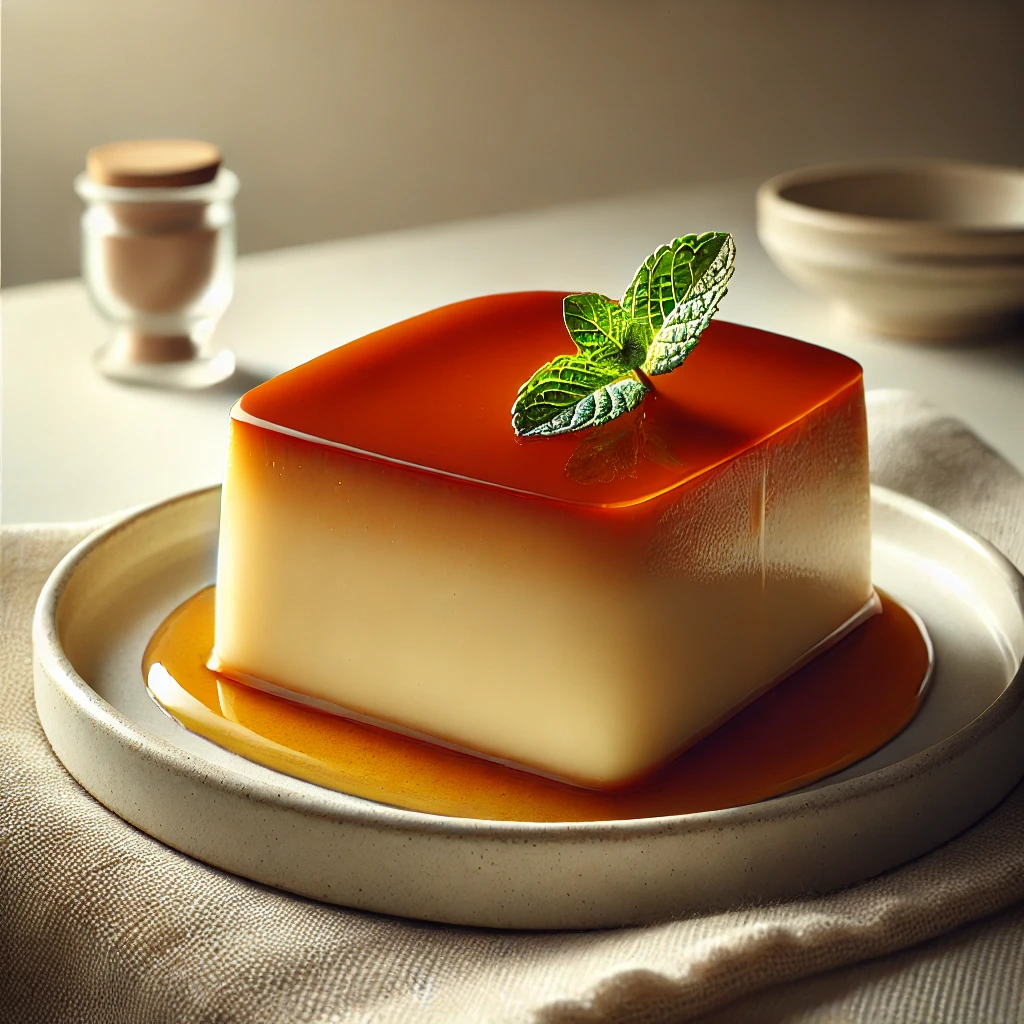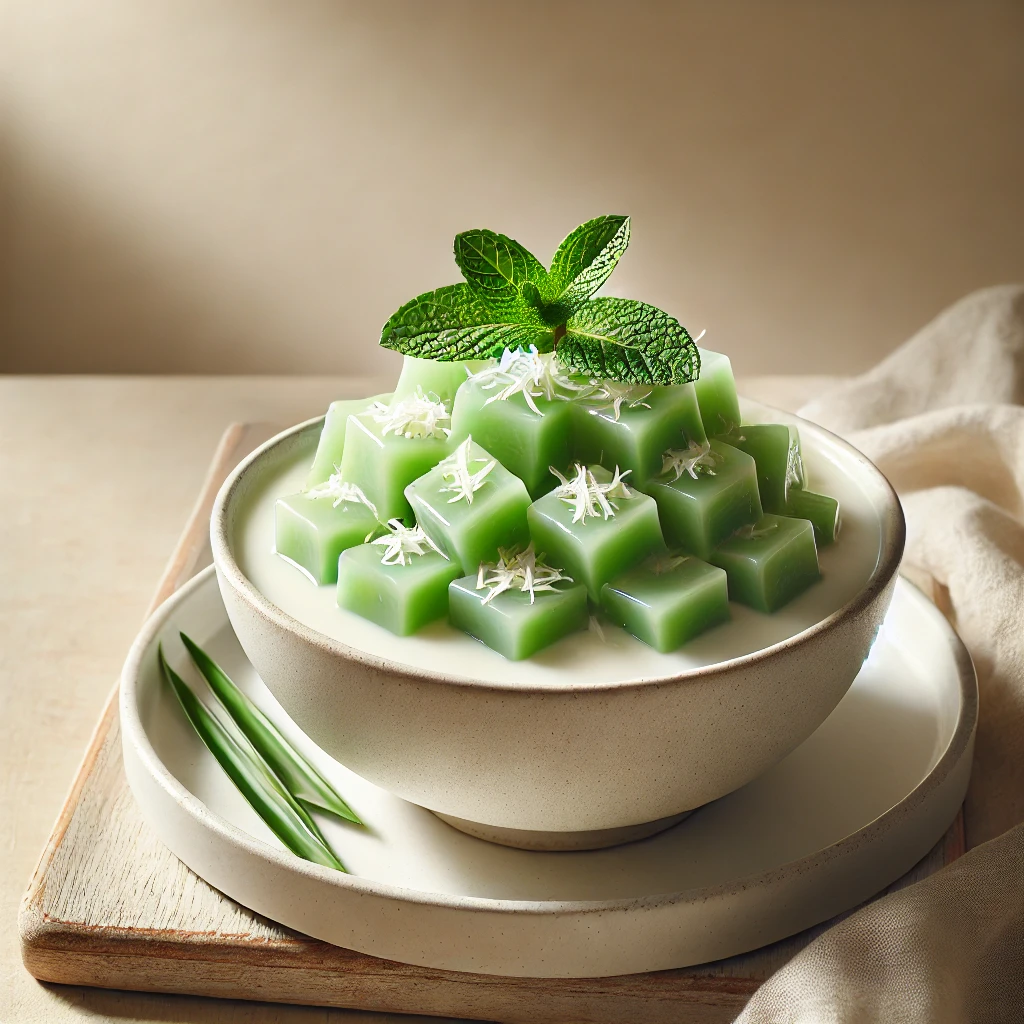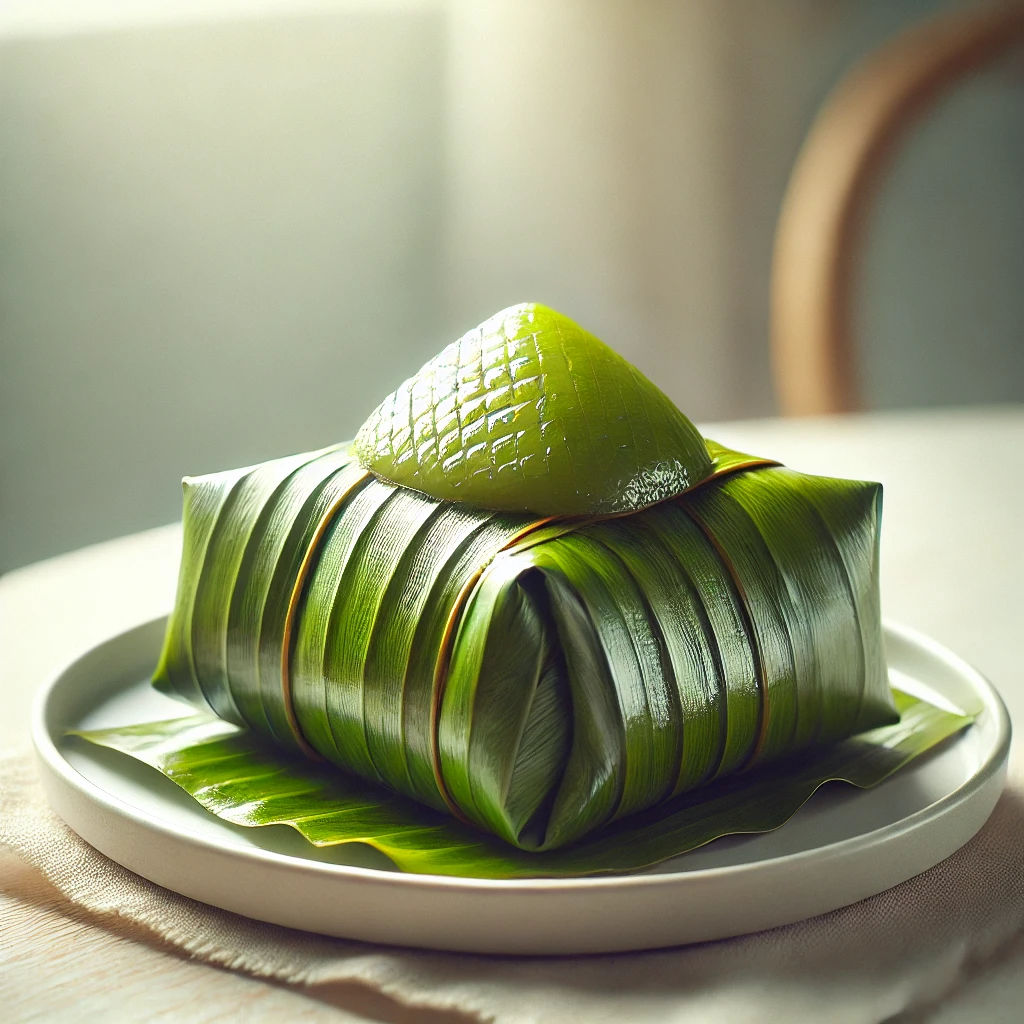Have you ever tasted a dessert so silky and luscious that it feels like pure bliss melting on your tongue? If not, prepare to embark on a culinary journey that will tantalize your taste buds and leave you craving more. Today, we’re diving into the world of Leche Flan, the Filipino version of the beloved French dessert, crème caramel. This indulgent treat has been gracing Filipino tables for generations, captivating both locals and visitors alike with its velvety texture and rich caramel flavor.
Leche Flan isn’t just another dessert; it’s a cultural icon that represents the fusion of Spanish and Filipino culinary traditions. The name itself is a nod to its origins – “leche” meaning milk in Spanish, and “flan” referring to the custard-like consistency. But don’t be fooled by its seemingly simple ingredients. This dessert is a testament to the artistry of Filipino cuisine, transforming basic components into a symphony of flavors and textures that dance on your palate.
What sets Leche Flan apart from its French counterpart is its intensely creamy texture and the use of condensed milk, which gives it a distinctively rich and sweet profile. It’s a dessert that embodies the Filipino love for bold flavors and comforting sweets. While it’s not suitable for vegans or those with lactose intolerance, this recipe can be adapted for gluten-free diets by ensuring all ingredients are certified gluten-free.
Recipe Ingredients
Let’s gather our ingredients for this delectable Leche Flan. The beauty of this recipe lies in its simplicity, using readily available items to create something truly extraordinary.
| Ingredient | Quantity | Notes |
|---|---|---|
| Granulated sugar (for caramel) | 1 cup | |
| Egg yolks | 10 | Large eggs, room temperature |
| Condensed milk | 1 can (14 oz) | |
| Evaporated milk | 1 can (12 oz) | |
| Vanilla extract | 1 teaspoon | Pure vanilla extract preferred |
| Salt | 1/4 teaspoon |
Substitution suggestions:
- For a lighter version, you can replace some of the egg yolks with whole eggs (3 whole eggs can replace 6 yolks).
- If you prefer a less sweet flan, you can use unsweetened condensed milk and adjust the sugar to taste.
Recipe Instructions
Now that we have our ingredients ready, let’s dive into the step-by-step process of creating this heavenly Leche Flan. Don’t be intimidated by the caramelization process – with a little patience and attention, you’ll master it in no time!
| Step | Instructions |
|---|---|
| 1 | Prepare the caramel: In a heavy-bottomed saucepan, melt 1 cup of sugar over medium heat. Stir occasionally until the sugar dissolves and turns into a golden amber color. Be careful not to burn it! |
| 2 | Quickly pour the caramel into your flan mold or individual ramekins, tilting to coat the bottom evenly. Set aside to cool and harden. |
| 3 | Preheat your oven to 350°F (175°C). |
| 4 | In a large bowl, gently whisk the egg yolks to break them up, being careful not to create too many bubbles. |
| 5 | Add the condensed milk, evaporated milk, vanilla extract, and salt to the egg yolks. Whisk until well combined but not frothy. |
| 6 | Strain the mixture through a fine-mesh sieve to remove any egg chalazae or lumps, ensuring a smooth custard. |
| 7 | Carefully pour the strained mixture into your caramel-lined mold or ramekins. |
| 8 | Place the mold or ramekins in a larger baking dish. Fill the baking dish with hot water about halfway up the sides of your flan containers to create a water bath (bain-marie). |
| 9 | Carefully transfer the baking dish to the preheated oven and bake for 45-50 minutes for a large flan, or 30-35 minutes for individual ramekins. The flan is done when it’s set around the edges but still slightly jiggly in the center. |
| 10 | Remove from the oven and let cool to room temperature. Once cooled, refrigerate for at least 4 hours or overnight for best results. |
| 11 | To serve, run a knife around the edges of the flan and invert onto a serving plate, allowing the caramel to drizzle over the top. |
Helpful tips:
- Use room temperature ingredients for a smoother mixture.
- When making the caramel, avoid stirring too much as this can cause crystallization. Instead, gently swirl the pan.
- Straining the mixture is crucial for achieving that signature silky texture.
- Don’t overbake! The flan should still have a slight jiggle when you remove it from the oven.
Recipe Tips & Variations
Mastering the art of Leche Flan takes practice, but with these tips and variations, you’ll be well on your way to becoming a flan connoisseur.
Customization tips:
- For a citrusy twist, add a teaspoon of lemon or orange zest to the custard mixture.
- Experiment with flavors by infusing the milk with cinnamon sticks, star anise, or even coffee beans before mixing with the eggs.
- Try using brown sugar for the caramel to give a deeper, more complex flavor profile.
Troubleshooting:
- If your caramel hardens before you can spread it, don’t panic! Simply reheat the mold gently to re-melt the caramel.
- Bubbles in your flan? Let the mixture rest for a few minutes before baking to allow air bubbles to rise to the surface.
- If your flan comes out with a few small holes, it was likely baked at too high a temperature. Next time, try reducing the oven temperature by 25°F.
Storage instructions:
Leche Flan can be stored in the refrigerator for up to 3-4 days. Keep it covered to prevent it from absorbing other flavors. While it’s best enjoyed chilled, allow it to sit at room temperature for about 15 minutes before serving for the best texture and flavor.
Nutritional Information
While Leche Flan is undoubtedly a treat to be enjoyed in moderation, it’s helpful to know its nutritional content. Here’s an approximate breakdown per serving (assuming 8 servings from this recipe):
| Nutrient | Amount per Serving |
|---|---|
| Calories | 300 |
| Total Fat | 12g |
| Saturated Fat | 7g |
| Cholesterol | 270mg |
| Sodium | 150mg |
| Total Carbohydrates | 42g |
| Sugar | 41g |
| Protein | 8g |
Please note that these values are estimates and may vary based on specific ingredients and serving sizes.
Conclusion
As we come to the end of our Leche Flan journey, I can’t help but reminisce about the first time I tasted this heavenly dessert. It was at a family gathering in Manila, and the moment that silky smooth custard touched my lips, I knew I had discovered something truly special. The way the bitter caramel perfectly balanced the sweet, creamy flan was nothing short of magical. It’s a memory that still brings a smile to my face and warmth to my heart.
Now it’s your turn to create your own Leche Flan memories. I encourage you to roll up your sleeves, gather your ingredients, and dive into this delightful culinary adventure. Don’t be discouraged if your first attempt isn’t perfect – remember, even the most experienced Filipino home cooks have their flan fails! The joy is in the process, the learning, and of course, in savoring the fruits of your labor.
Once you’ve tried your hand at this recipe, I’d love to hear about your experience. Did you add your own twist? How did your family and friends react? Share your stories, photos, and even your kitchen mishaps in the comments below or on our social media channels. Your feedback not only helps us improve but also inspires our community of food lovers.
And why stop at Leche Flan? This delectable dessert is just the tip of the iceberg when it comes to Filipino cuisine. If you enjoyed this recipe, I invite you to explore more of the rich and diverse world of Filipino desserts. From the chewy goodness of Bibingka to the cool refreshment of Halo-Halo, there’s a whole universe of flavors waiting to be discovered.
So, are you ready to embark on your Leche Flan adventure? Preheat that oven, whisk those eggs, and get ready to create a dessert that will transport you straight to the heart of the Philippines. Happy cooking, and may your flan be forever smooth and your caramel perfectly golden!
Additional Elements
Related recipes and pairings:
- Pair your Leche Flan with a cup of strong Filipino coffee for a perfect after-dinner treat.
- Try your hand at other Filipino desserts like Ube Halaya (Purple Yam Jam) or Turon (Banana Spring Rolls) for a full Filipino dessert experience.
Serving suggestions:
- For an elegant presentation, serve individual portions in small, clear glass dishes to showcase the beautiful layers of caramel and custard.
- Garnish with a sprinkle of toasted coconut flakes or a few fresh berries for added texture and visual appeal.
Equipment recommendations:
- A heavy-bottomed saucepan is crucial for making smooth caramel without burning.
- Invest in a good set of ramekins or a traditional llanera (oval-shaped flan mold) for authentic presentation.
- A fine-mesh strainer is essential for achieving that signature silky texture.
Historical and cultural context:
Leche Flan is a testament to the Philippines’ rich colonial history. Introduced by the Spanish during their 333-year rule, it has evolved to become a distinctly Filipino dessert. The use of condensed milk, a common ingredient in tropical countries due to its long shelf life, gives the Filipino version its unique richness. Today, Leche Flan is a staple at Filipino celebrations, from birthdays to Christmas gatherings, symbolizing the sweetness of life and the warmth of Filipino hospitality.
Disclaimer: This recipe blog post is based on information available up to 2019. While we strive for accuracy, culinary trends and nutritional understanding may have evolved since then. We encourage readers to cross-reference with current sources and adapt recipes to their personal dietary needs and preferences. If you notice any inaccuracies, please report them so we can promptly update our content.




